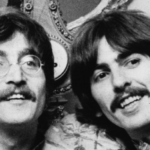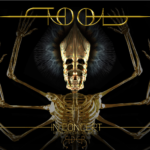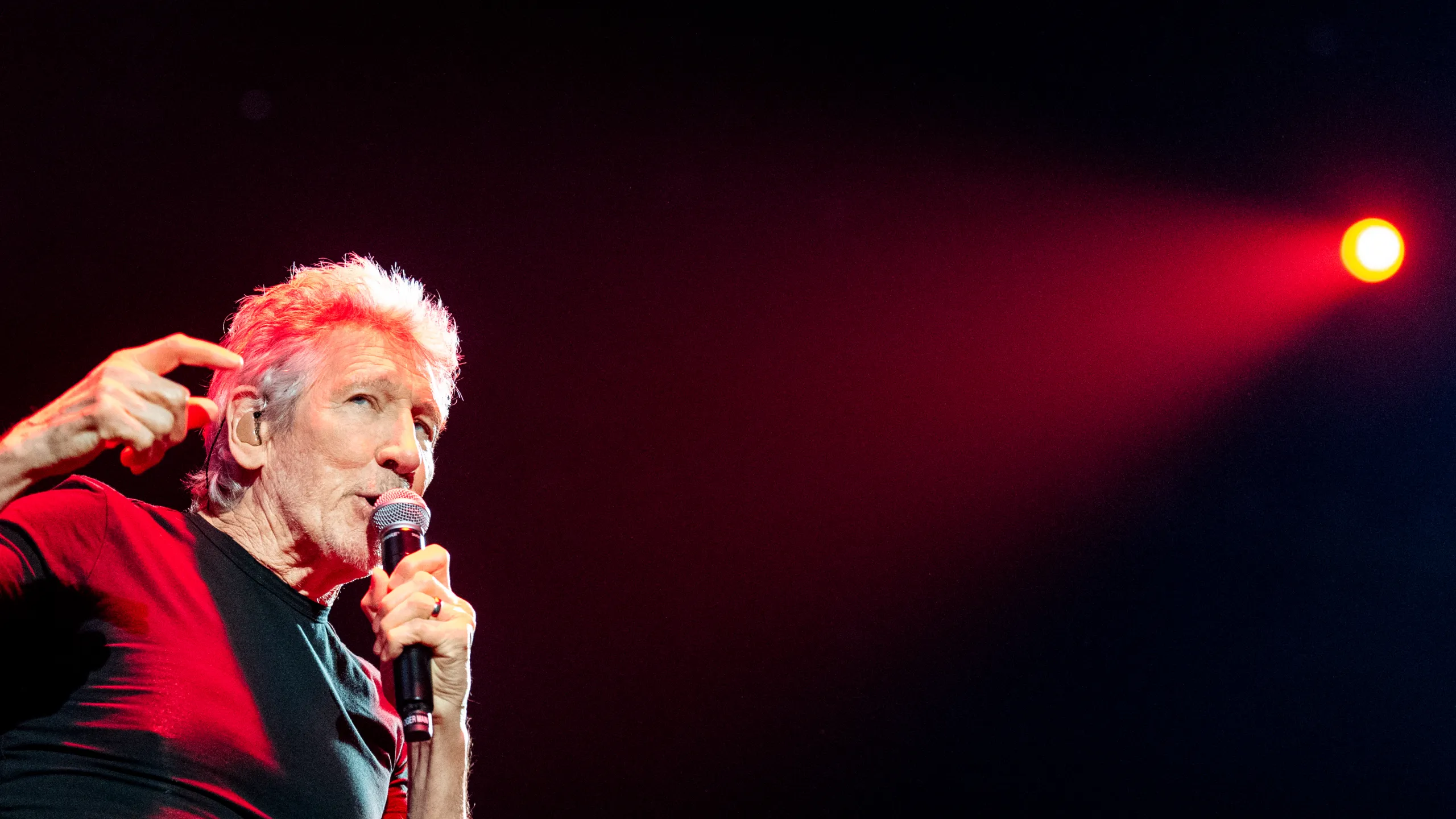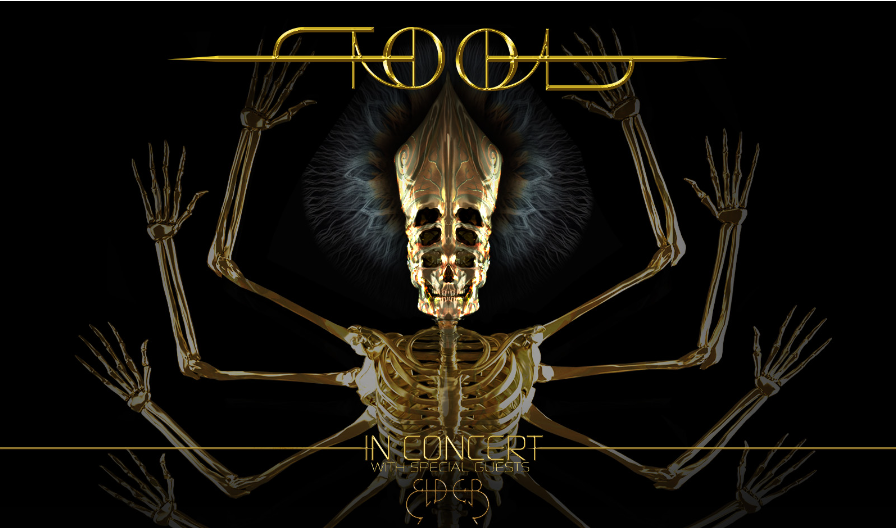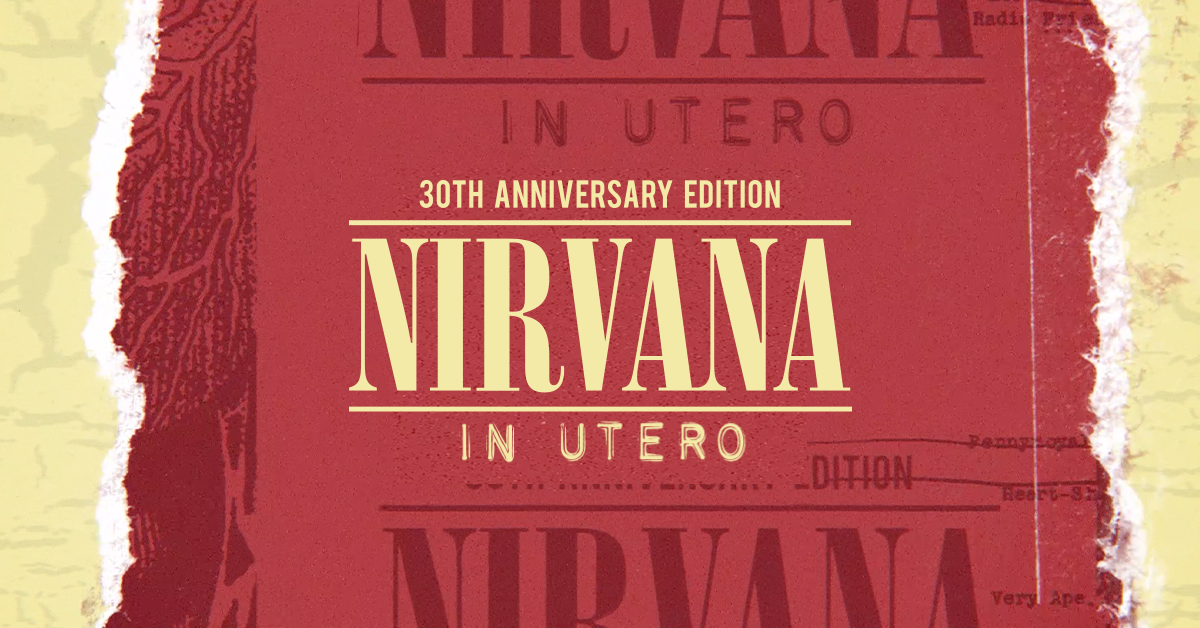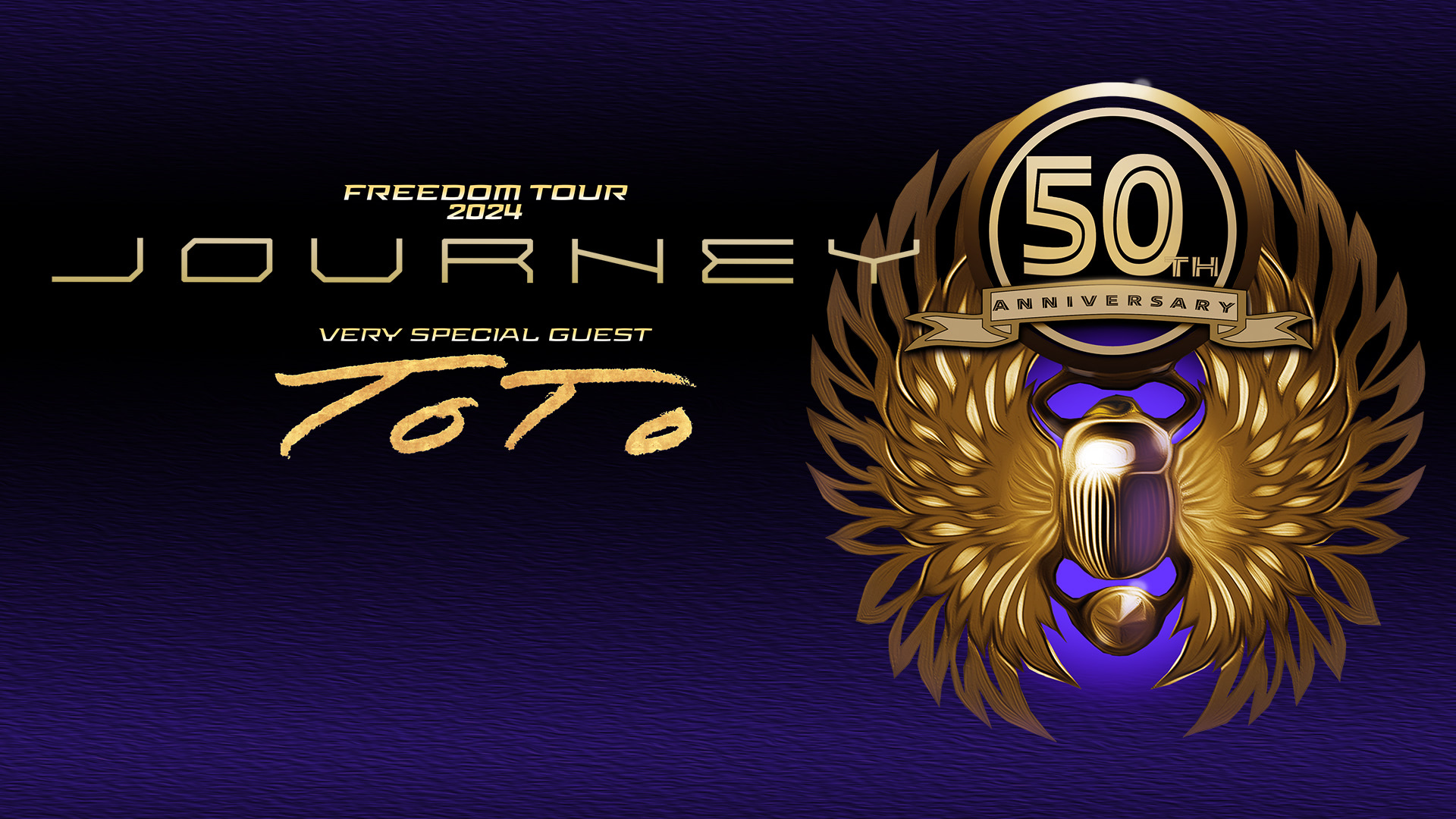A Sentiment of Uncertainty
PJ Harvey’s first proper album release in seven years, I Inside the Old Year Dying, delves into a sentiment most of us would rather suppress: feeling as though we’ve lost our sense of direction, wondering if we’ll spend the rest of our lives doing the same thing. It’s a sentiment that resonates deeply, as we contemplate the stagnation and uncertainty that often accompany artistic pursuits. At what point does one’s craft get old? How does one move forward? In her first music-related interview of the year, Harvey revealed that her long absence was primarily due to feeling uncertain about how to proceed artistically. “I needed to restore myself, but also refresh my imagination,” she said.
Rediscovering the Creative Spark
After wrapping up her tour for 2016’s The Hope Six Demolition Project, PJ Harvey found herself at a crossroads, uncertain if she would even write another solo record. The previous album was a concept-driven exploration of the political landscape, building upon the themes introduced in her 2011 masterpiece, Let England Shake. With these projects, Harvey had pushed herself to new heights, even earning a second Mercury Prize. But the question loomed: “Do I want to carry on for the remainder of my life doing the same thing?”
Rather than succumbing to self-doubt and creative inertia, Harvey chose to take a different path. She decided to embrace the unknown and free herself from expectations. In doing so, she found a fresh direction that would lead to a profound rebirth in her artistic journey. The key to this transformation lay in revisiting her epic poem, Orlam. Writing poetry, especially the intricate narrative of Orlam, became the blueprint that would guide this album. The opening track, “Prayer at the Gate,” sets the tone with the poem’s first chapter sung in the rural Dorset vernacular, capturing the essence of Harvey’s creative reinvention.
The Sonic Landscape: Serenity and Delicacy
In comparison to her previous projects, I Inside the Old Year Dying emanates a more blissful and serene aura. Harvey’s haunting vocals remain the focal point of the record, while the instrumental arrangements provide a delicate and complementary backdrop. Collaborating with her longtime associates John Parish and Flood, Harvey meticulously crafted the album, incorporating a collection of field recordings and sounds from the forest. The result is an otherworldly sonic landscape that invites listeners into a realm of introspection and reflection.
On tracks like “Autumn Term,” Harvey’s lyrical prowess shines through, as she sings, “Ash trees gave their keys, yet none will set me free,” poetically capturing the feeling of creative stagnation. The album takes listeners on a journey through shifting emotions, from vulnerability to empowerment, from uncertainty to transformation. Even amidst the exploration of new sonic territories, Harvey’s distinctive style remains intact. The title track, “I Inside the Old Year Dying,” and the near-title track, “I Inside the Old I Dying,” represent the process of shedding old layers and embracing change. Harvey’s lyrics resonate with the need for growth and rebirth, illustrating that evolution is essential to moving forward.
A Masterful Rebirth
I Inside the Old Year Dying stands as a testament to PJ Harvey’s artistic growth and her ability to create profound and captivating music. The album showcases Harvey’s fearlessness in breaking free from expectations and venturing into new artistic realms. It is a remarkable journey of introspection and transformation, where Harvey peels back the layers of her creative self to reveal something raw and authentic. Through her mastery of storytelling and her evocative lyrics, she invites listeners into her world, encouraging them to embrace change and find their own paths of rebirth. I Inside the Old Year Dying is a masterful testament to the power of artistic reinvention and the resounding impact it can have on both the artist and the listener.


